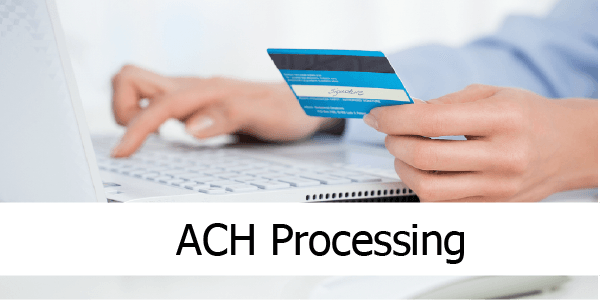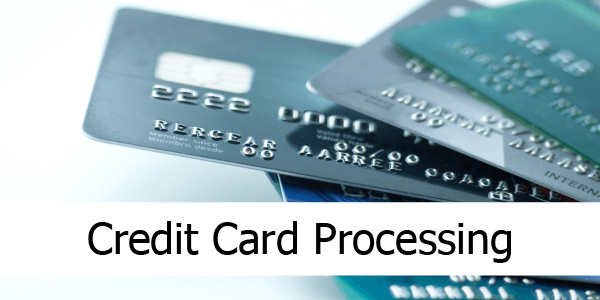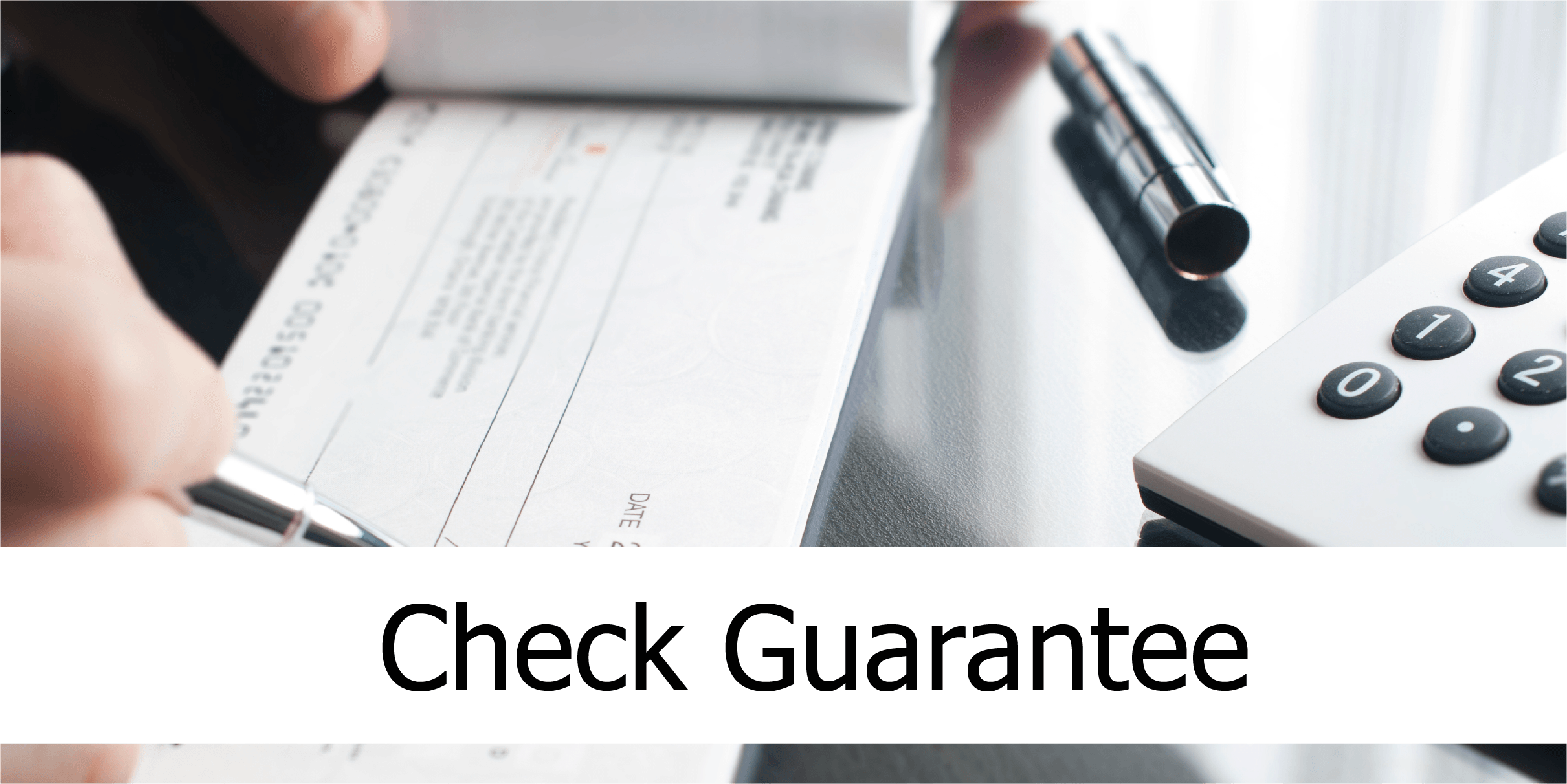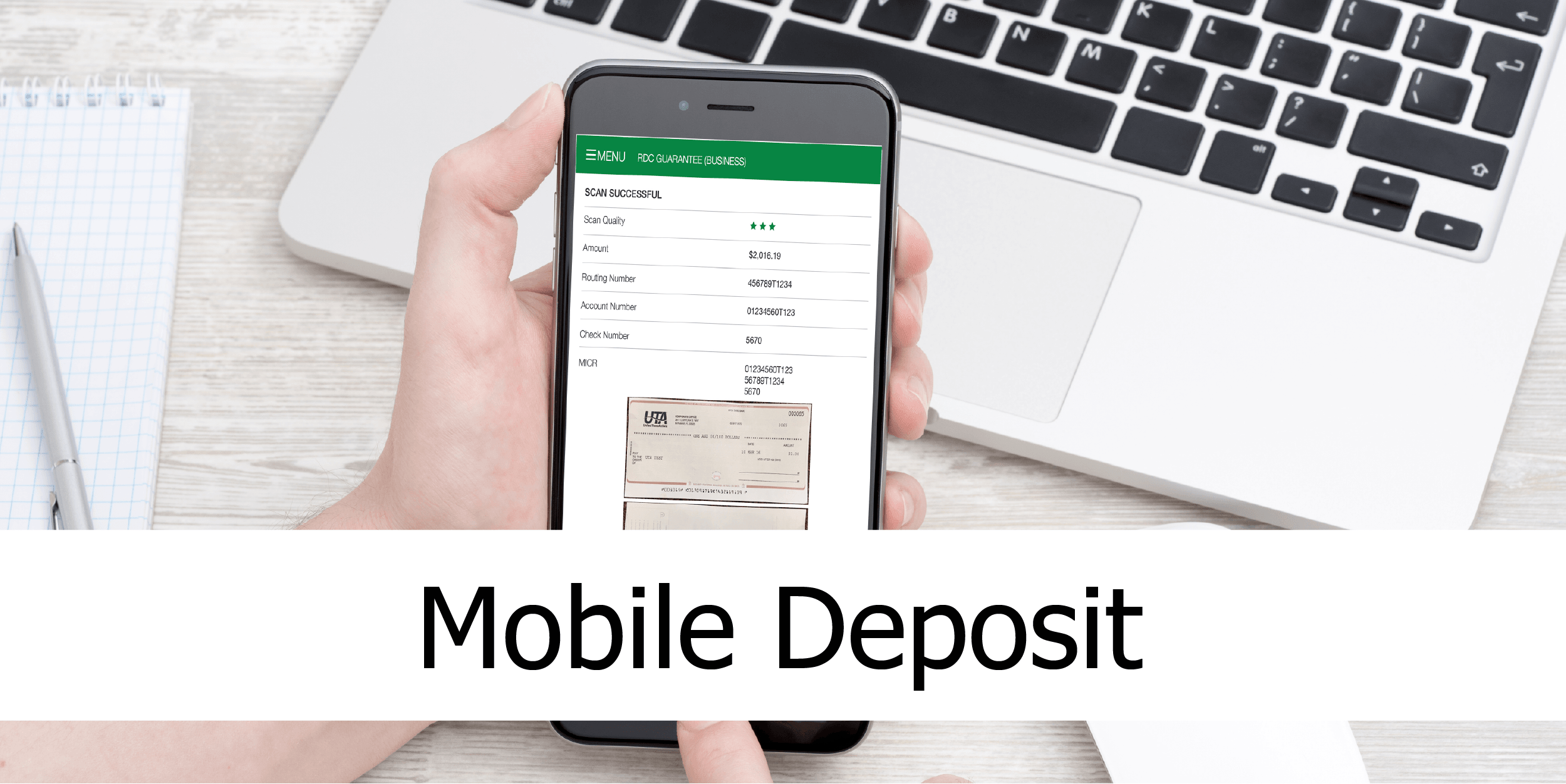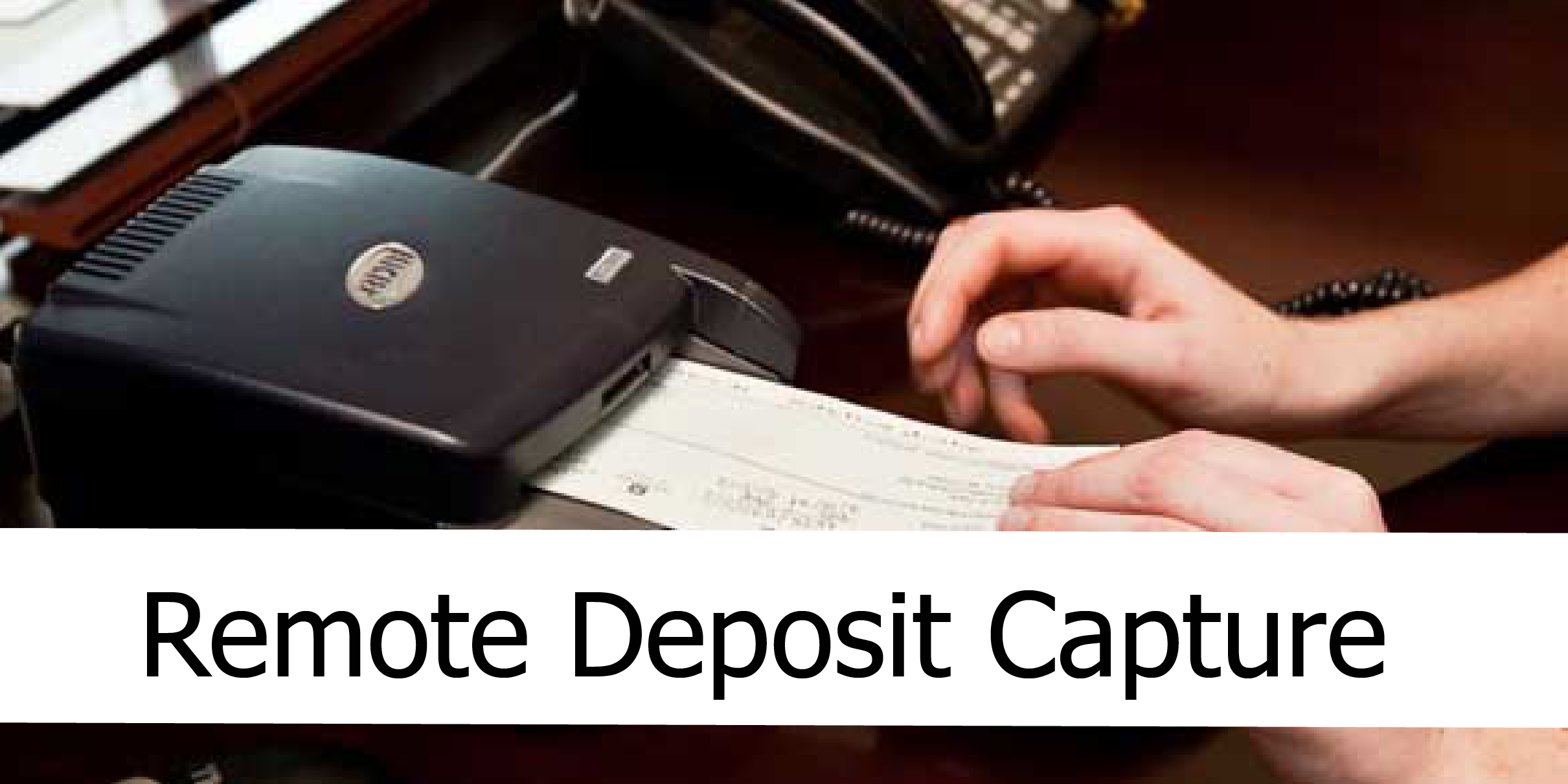Expert Opinion - Fraud Prevention Tips
November 01, 2023

This comprehensive guide aims to share vital insights and practical tips in an effort to spread awareness and help prevent the threat of accepting fraudulent checks. Let’s delve into the details of physical check examination, recognize behavioral red flags, and explore effective risk management strategies. Here are my top 15 tips to prevent fraudulent checks.
1. Physical Features: Inspect the security features on the check such as holographic elements and embedded watermarks, which fraudsters often struggle to replicate. Authentic checks are also printed on high quality paper stock with a specific weight and texture. Counterfeit checks usually feel lighter and possess a slippery texture.
2. MICR Line: The Magnetic Ink Character Recognition (MICR) has a dull, non-reflective appearance and a unique texture. In contrast, counterfeit checks may feature shiny MICR numbers. By feeling and visually inspecting the MICR line, you can distinguish the authenticity of the check.
3. Font and Alignment: Counterfeit checks often exhibit inconsistencies in font and alignment. Look for any variations in font size, or misalignments, as these can be red flags indicative of fraud.
4. Edges: Most valid checks feature at least one perforated edge, a result of professional printing processes. If all edges appear uniformly smooth, the check might have been printed using personal computer equipment which is a red flag.
5. Misspellings and Inconsistencies: Fraudulent checks may occasionally contain spelling errors or grammatical mistakes in the provided information, so be wary of any discrepancies.
6. Visual Confirmation of Identity: Visually compare the person presenting the check with their government-issued identification as an initial layer of authentication. If the ID number is pre-written on the check, ensure to compare it with the number on the ID being presented. A matching set of numbers adds an extra level of legitimacy.
7. Validate Signatures: Verify the consistency of the signature on the check against the presented ID. Discrepancies may be indicative of a stolen identification.
8. Non-Regional Shopping Pattern: Counterfeit check writers often shop outside of their local area. Be cautious when transactions are inconsistent with the customer's physical address.
9. In-Store Pickup Preference: Fraudsters often opt for in-store pickup rather than delivery. This preference allows them to quickly obtain the goods and reduces the chances of detection during the delivery process.
10. Unusual Behavior: The check writer may exhibit signs of nervousness, avoidance of eye contact, or reluctance to provide additional information.
11. Urgency and Pressure: Fraudsters often create a sense of urgency or pressure to manipulate individuals into accepting payment without due diligence. Often inciting pressure of losing a potential client.
12. Face Masks to Conceal Identity: We have seen countless security footage of fraudsters that have exploited the anonymity provided by masks to conceal their identities. As we transition beyond the peak of the pandemic, it’s time to consider mask wearing as a red flag for risk management.
13. Readily Available Backup Information: When an individual has multiple checks readily available in the event of a declined transaction, or asks you to use a different ID to bypass the authorization process, this is a major red flag for potential fraud!
14. Trust Your Instincts: Intuition can be a powerful tool in fraud prevention. If something about a check or check writer feels off, take the time to investigate further. Trust your instincts and, when in doubt, always feel free to contact UTA’s voice authorization center at 1-800-858-5875 available 24/7 to help you.
15. Utilize UTA’s Guarantee Services: In an era where technology plays a pivotal role, consider utilizing electronic payment verification services offered by United Tranzactions. Our services can quickly authenticate a check's legitimacy by cross-referencing the provided information with databases of known fraudulent activity.
In conclusion, safeguarding against counterfeit checks requires a combination of vigilance, technological tools, and a keen eye for detail. By staying informed about the specific tendencies of fraudsters and engaging in thorough verification processes, businesses can fortify their defenses against fraud. The best defense is a proactive and well-informed approach to risk management.
If you're interested in learning more about how to incorporate effective fraud prevention measures or if you would like to share any feedback, please don't hesitate to contact me.
David Norton
Risk Manager
dnorton@unitedtranzactions.com
800.858.5256 ext 2261.




